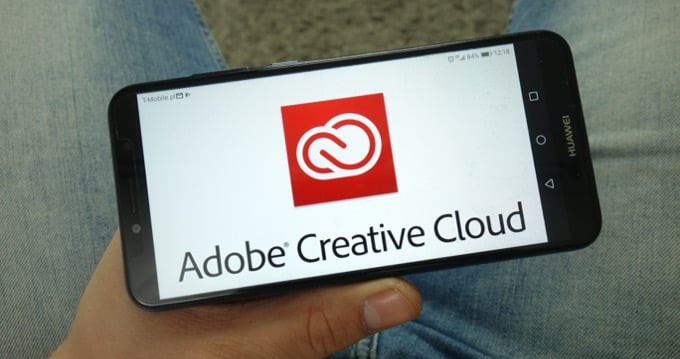

- #Adobe creative cloud video card how to#
- #Adobe creative cloud video card windows 8#
- #Adobe creative cloud video card free#

Warning : You should not set the Cache Level to 1 if you are using the GPU to accelerate functions, as this will cause (undefined) performance issues. You will now see the NVIDIA GPU listed, instead of Intel HD Graphics. Start Adobe Photoshop and go to Edit -> Preferences -> Performance. However, you will need to restart Adobe Photoshop (if it's running) before the change can be detected by Photoshop.

Once you select from both drop-down lists, the NVIDIA Control Panel window may flicker a little as the change takes immediate effect. Note that NVIDIA Control Panel set it to use Integrated Graphics by default. Next, click on the drop-down list below Select the preferred graphics pr ocessor for this program: and choose High-performance NVIDIA processor. Make sure you are in the Program Settings tab.Ĭlick on the drop-down list below S elect a program to customize: and choose Adobe Photoshop (photoshop.exe).
#Adobe creative cloud video card windows 8#
However, the same method applies to newer processor and GPUs on Windows 8 and older versions of Microsoft Windows. Our example uses an older notebook with an Intel Core i7-3612QM processor (with Intel HD Graphics 4000) and an NVIDIA GeForce GT 640M GPU, running on Microsoft Windows 7. USB 3.0 may interfere with your wireless mouse and keyboard Let us show you how you can achieve that with an NVIDIA GPU.
#Adobe creative cloud video card free#
So even if we ignore the better performance of discrete GPUs, it's worth using them to free up system memory for Photoshop to use. Note that while Photoshop has a minimum requirement for 512 MB of graphics memory, it really works best with 1 to 2 GB of graphics memory. Using the discrete GPU would thus free up system memory for Photoshop to use. This reduces the amount of memory that is available for Photoshop to use, and memory bandwidth for the entire system.ĭiscrete GPUs, on the other hand, are not only much faster in performance, they also come with 1 to 2 GB of dedicated graphics memory. Now, the processor graphics in current Intel and AMD processors are decent performers, but they do not have their own graphics memory and use the system memory instead. Photoshop only supports a single GPU, so there is no option that allows you to switch from the Intel HD Graphics 4000 (processor graphics) to the more powerful NVIDIA GeForce GPU (discrete graphics). Even though this notebook has an NVIDIA GeForce GPU, Photoshop could only detect the presence of the Intel HD Graphics 4000. Photoshop cannot see that there is a more powerful GPU with its own dedicated graphics memory to use, and thus uses the integrated or processor graphics instead. On laptops though, both NVIDIA and AMD switchable graphics solutions will always default to the integrated or processor graphics component to save power and reduce heat. So this will never be a problem in desktops. On desktops, the NVIDIA GeForce or AMD Radeon graphics card installed is always used because any integrated graphics solution are disabled by default. Instead, it will always use the integrated graphics solution, which is not only slower but saps some of the system memory for use as graphics memory. If you are using a laptop with switchable graphics though, Photoshop will not automatically use your GPU to accelerate its functions. All you need is a GPU that supports OpenGL or OpenCL with at least 512 MB of graphics memory, requirements which practically every graphics solution in the market meets. The Mercury Graphics Engine (MGE) in Adobe Photoshop CS6, Photoshop CC and Photoshop CC 2014 will automatically use your computer's graphics card to accelerate filters, as well as other features like perspective warp, upscaling, focus mask, etc.
#Adobe creative cloud video card how to#
ED#181 : How To Give Adobe Photoshop A Performance Boost With Your GPU


 0 kommentar(er)
0 kommentar(er)
